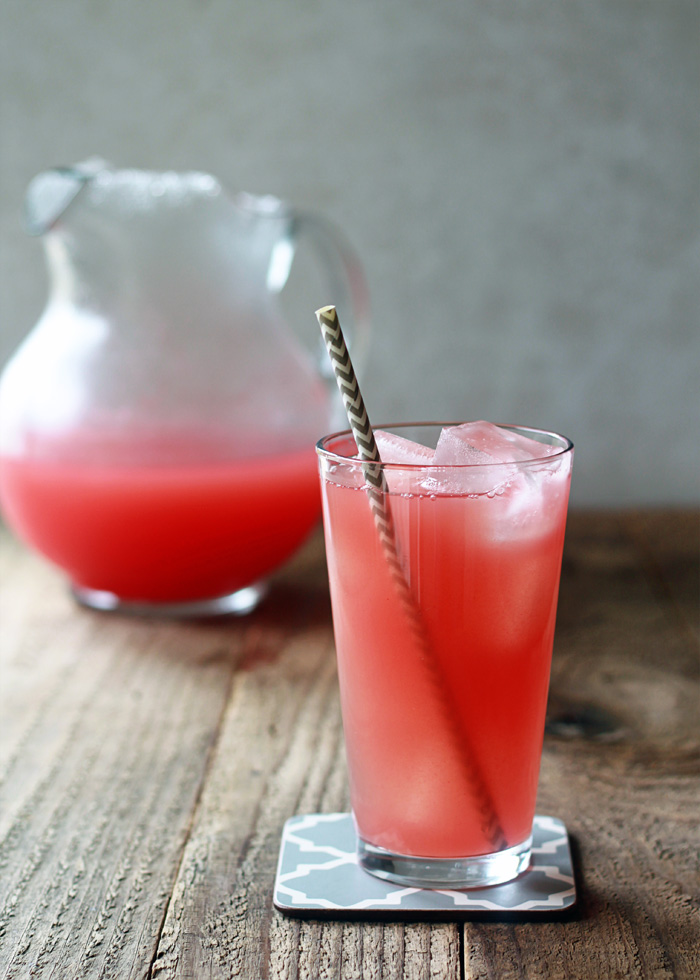Choosing the Perfect Watermelon
TEXARKANA, Ark. –
Watermelon is grown in over 96 countries worldwide. In Arkansas, we are the 16th largest producer of watermelons. In this area, we think of Hope when we hear about watermelons, but in the Northern part of the state there are Cave City melons. So, depending upon which end of the state you live in, you are near homegrown watermelons and are likely to have a favorite.
Choosing a watermelon for the one that is sweet, ripe, and juicy can be a challenge. Opinions differ on how to choose a ripe watermelon. There are those who say to choose a really good melon, you need to cut a small section and take a look. Those are commonly referred to as “pluggers”. The “thumpers” insist that all that’s needed is a knuckle tap in the center of the melon; if it’s ripe, you’ll hear a dull sound.
I am a combination thumper but also look at the melon’s color and surface. A quality, ripe melon will have a relatively smooth surface with a waxy, velvety smooth, live appearance; it appears neither dull nor shiny. Those with a shine will be under-ripe; those with a dull lifeless appearance will be over-ripe. The underside of the ripe melon that touched the ground should be a creamy color, not white. If it’s white, that is another indication that it isn’t ripe.
Size is an important consideration since larger melons have a greater proportion of flesh, in relation to the amount of rind, than smaller ones. Although most retailers charge slightly more for cut melons, you may decide this is a good way to buy, especially since it allows you to see the flesh of the melon before making a purchase decision.
When purchasing a cut melon, look for bright-colored, crisp, yet juicy-looking flesh with dark seeds. Most of the melons will be red but occasionally you will find yellow meat melons.
If the cut melon has white streaks or white seeds; they indicate immature melons. Over-mature melons will show dry, mealy, coarse or stringy flesh.
Once you have mastered the technique for choosing the perfect melon, now you need to prepare and store it properly. Always wash melons under cold running water and scrub with a vegetable brush; do not use soap. Even though the rind will be thrown away, this is important. When cut, dirt and microorganisms on the outside could transfer inside to the flesh. The uncut melon can be stored at room temperature for a few days. Once cut, the melon must be refrigerated. The easiest way to take up the least amount of space is to cut the meat from the rind and store in airtight plastic containers. Stored this way in the refrigerator, it should keep its quality for up to a week.
Watermelon is one of those foods that even those watching their weight can enjoy, especially since it is 92 percent water. It has great nutritional value. A five and one-half ounce slice has only 45 calories, no fat, no cholesterol and very little sodium; it is high in fiber, vitamins A and C, and is a good source of potassium.
While watermelon is good for you, it is also good for your pocketbook. A 20-pound watermelon, cut into three-fourth-inch wedges (wedges equaling one-sixth of a whole slice), will yield 90 pieces. What a return on your initial investment. In fact, watermelon, by weight, is the most consumed melon in the United States, followed by cantaloupe and honeydew.
Since watermelon is so economical, why not become creative and incorporate it into your meals. A little imagination works wonders. Consider mixing melon with a minty syrup, pureeing it for a frosty beverage, freezing it into a creamy sorbet, or tossing some into a cool salad.
You can find watermelon for this Watermelon Aqua Fresca at the farmers market. It is so cold and refreshing on a hot day.
Watermelon Aqua Fresca
8 cups watermelon, cubed and seeded
Juice of 1 lime
Place watermelon in blender. Add lime juice and blend into liquid. Strain the juice through a mesh sieve into a pitcher. Pour into 4 glasses and enjoy.
Nutrition information per glass: 94 calories, 2 g protein, 24 g carbohydrate, 0 g fat, 3 mg sodium, 1 g fiber
For more information, contact the Miller County Extension Office, 870-779-3609 or visit us in room 215 at the Miller County Courthouse. We're online at cdue@uada.edu, on Facebook at UAEXMillerCountyFCS/CarlaDue, on Twitter @MillerCountyFCS or on the web at uaex.uada.edu/Miller.
By Carla Due
County Extension Agent - FCS
The Cooperative Extension Service
U of A System Division of Agriculture
Media Contact: Carla Due
County Extension Agent - FCS
U of A Division of Agriculture
Cooperative Extension Service
400 Laurel Street, Suite 215 Texarkana AR 71854
(870) 779-3609
cdue@uada.edu
Related Links
The Arkansas Cooperative Extension Service is an equal opportunity institution. If
you require a reasonable accommodation to participate or need materials in another
format, please contact your County Extension office (or other appropriate office)
as soon as possible. Dial 711 for Arkansas Relay.
Pursuant to 7 CFR § 15.3, the University of Arkansas System Division of Agriculture
offers all its Extension and Research programs and services (including employment)
without regard to race, color, sex, national origin, religion, age, disability, marital
or veteran status, genetic information, sexual preference, pregnancy or any other
legally protected status, and is an equal opportunity institution.
